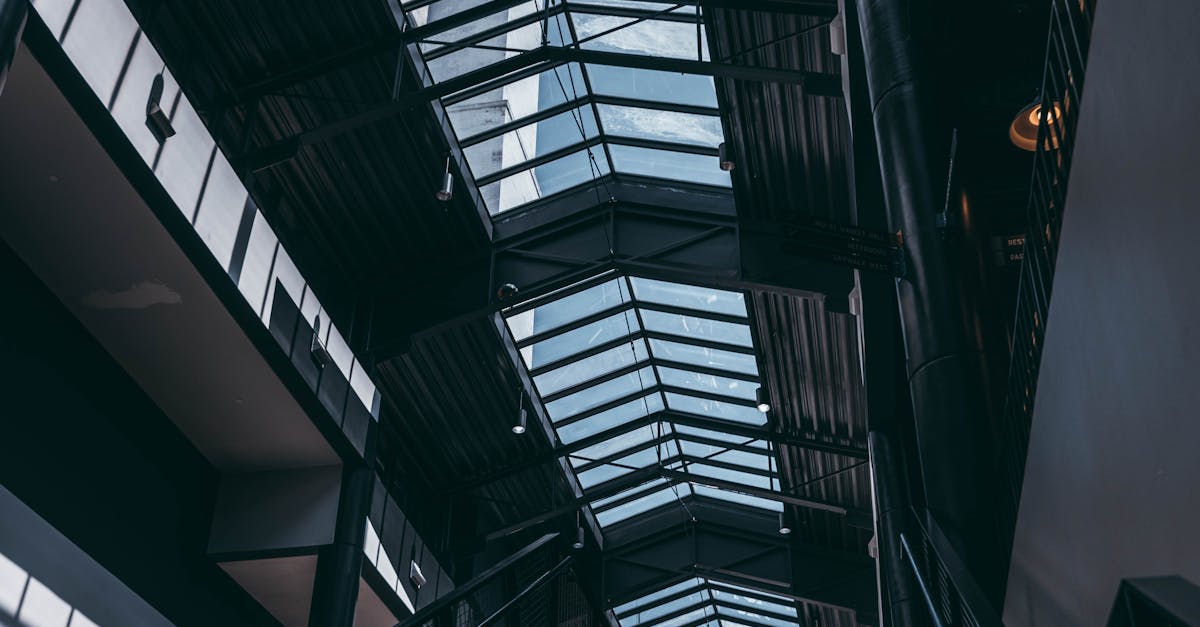
Insulation Advantages of Corrugated Metal RoofingMetal roofing holds a strong reputation for its durability and resilience under a variety of extreme weather conditions. In regions prone to high winds, heavy rain, or hail, corrugated metal roofs can withstand the elements far better than traditional roofing materials. Their ability to shed water efficiently reduces the risk of leaks and subsequent water damage, particularly during intense storms. Additionally, metal roofs are less likely to warp, crack, or discolour when exposed to harsh UV rays, ensuring longevity in even the most challenging climates.
When it comes to snow accumulation, metal roofing's sloped design allows snow to slide off easily. This reduces the risk of heavy buildup that can lead to structural damage. Unlike tiles or shingles, metal often does not allow ice dam formation, further protecting the integrity of the structure beneath. Homeowners can feel confident that investing in corrugated metal roofing not only enhances aesthetics but also provides reliable protection throughout the changing seasons. FAQSSustainability AspectsHow does corrugated metal roofing impact property value?
Corrugated metal roofing contributes significantly to sustainability through its recyclable nature. Many of these roofs are manufactured from recycled materials, reducing the demand for new raw resources. At the end of their life cycle, they can be fully recycled. This closed-loop process minimises waste and supports environmental conservation.Corrugated metal roofing can enhance property value by improving curb appeal and offering longevity. Buyers often view metal roofs as a beneficial investment, which can lead to a higher resale value when the property is sold.
Energy efficiency is another sustainable advantage. A properly insulated corrugated metal roof can significantly reduce heating and cooling costs, leading to less energy consumption over time. The reflective properties of metal can also help mitigate the urban heat island effect, promoting cooler urban environments. This combination of recycling and energy efficiency positions corrugated metal roofing as an eco-friendly choice for modern construction.Is corrugated metal roofing environmentally friendly?
EcoFriendly Insulation OptionsYes, corrugated metal roofing is considered
ure accumulation. This added protection minimises the risk of wear and tear, ensuring that the roofing materials retain their integrity over time. Proper insulation strategies contribute to a stable indoor environment, reducing energy costs while promoting the overall durability of the roofing structure.
How Insulation Enhances Roof LifespanRelated Links
Effective insulation plays a critical role in enhancing the lifespan of corrugated metal roofing systems. It serves as a barrier against temperature fluctuations, reducing thermal expansion and contraction of the metal materials. By minimising these movements, insulation helps mitigate stresses that can lead to wear and tear over time. Furthermore, retained heat during colder months and regulated temperatures in summer can contribute to the overall integrity of the roof structure.Maximizing Value: Investing in Quality Materials for Corrugated Metal Roof Installation
Proper insulation prevents moisture accumulation beneath the roof, which is crucial in maintaining its durability. Excess moisture can cause corrosion and rust, compromising the metal’s protective coatings and leading to structural weaknesses. By reducing the risk of water infiltration, insulation not only extends the life of the roofing materials but also helps in maintaining energy efficiency. This combination results in a more cost-effective solution for building owners looking to minimise long-term maintenance and replacement costs.DIY vs. Professional Installation: Cost Analysis for Corrugated Metal Roofing
Installation ConsiderationsNegotiating the Cost of Corrugated Metal Roof Installation with Contractors
Proper installation is crucial to maximise the benefits of corrugated metal roofing. Attention to detail during the installation process can greatly influence the overall insulation performance. Ensuring that the metal sheets are fitted tightly reduces gaps where air might escape or enter, thereby enhancing energy efficiency. Quality fasteners and careful alignment also help prevent potential leaks and thermal bridging, which can compromise insulation effectiveness.Financing Options for Corrugated Metal Roof Installation
Consideration of the underlying structure is essential for optimal insulation. The choice of insulation material should complement the roofing system while providing adequate thermal resistance. Installation methods must account for the specific characteristics of the building, including climate conditions and local regulations. Integrating insulation layers within the roofing assembly not only boosts energy conservation but also supports the longevity and resilience of the entire roofing system.Hidden Costs to Consider When Installing a Corrugated Metal Roof
Importance of Proper Insulation TechniquesCost Comparison: Corrugated Metal Roof vs. Traditional Roofing Materials
Effective insulation is vital for maximising the benefits of corrugated metal roofing. Proper techniques ensure that the structure remains energy-efficient while maintaining an optimal internal climate. Without suitable insulation, thermal bridging can occur, leading to energy loss and increased heating or cooling costs. Additionally, inadequate insulation can promote condensation issues, potentially leading to structural damage over time.Understanding the Pricing Structure for Corrugated Metal Roof Installation
Correct installation methods are essential in achieving a seamless barrier against external elements. This process often involves multiple layers of insulation, including reflective materials that enhance thermal performance. Attention to detail during installation helps to prevent gaps or compressions that can compromise insulation effectiveness. Employing professional installers knowledgeable in these techniques can significantly contribute to the longevity and performance of the metal roofing system.Budgeting for Corrugated Metal Roofing: Tips and Considerations
FAQSFactors Affecting the Cost of Corrugated Metal Roof Installation
What are the main insulation advantages of corrugated metal roofing?
The primary insulation advantages of corrugated metal roofing include energy efficiency, temperature regulation, and soundproofing. These roofs can significantly reduce heating and cooling costs by providing effective insulation that maintains indoor comfort.